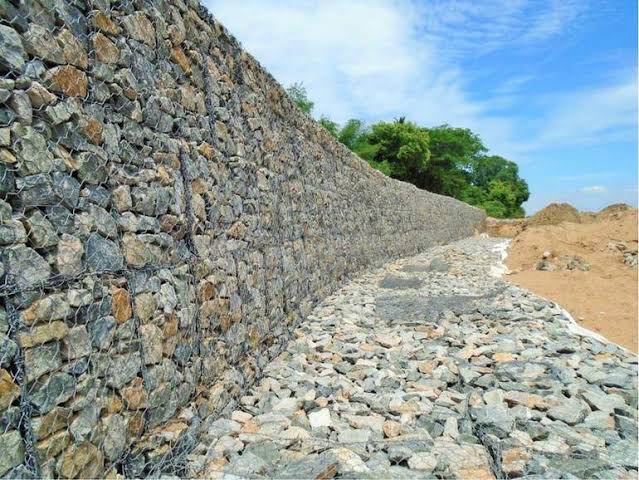Introduction: Retaining walls are more than just functional structures; they are the unsung heroes of landscaping and construction, holding back earth and water, preventing erosion, and transforming slopes into usable spaces. This article delves into the advanced techniques that make rock retaining walls not only possible but also efficient and enduring.
Section 1: Understanding the Basics of Rock Retaining Walls: Rock retaining walls are as old as civilization itself, with a simple purpose: to hold back soil. However, modern engineering has transformed them into complex systems. From gravity walls, which rely on their weight, to cantilever walls that use leverage, each type has its place and purpose.
Section 2: Site Analysis and Preparation The success of a retaining wall starts long before the first stone is laid. Understanding the soil type, slope, and drainage of the area is crucial. Techniques like soil testing and grading ensure that the wall will stand the test of time.
Section 3: Material Selection and Engineering Innovations Materials range from natural stone, which blends seamlessly with the landscape, to concrete and gabions. Recent innovations like geogrids and soil nails have revolutionized how these walls are built, offering enhanced stability and strength.
Section 4: Advanced Construction Techniques Constructing a rock retaining wall is a step-by-step process that requires precision. Advanced techniques focus on ensuring stability through proper backfilling and drainage. Case studies demonstrate how innovative methods have successfully tackled complex projects.
Section 5: Overcoming Challenges in Retaining Wall Construction Every construction project has its challenges, and retaining walls are no exception. Issues like soil erosion and hydrostatic pressure can undermine a wall’s integrity. This section explores how advanced techniques and proactive measures can mitigate these risks.
Section 6: Maintenance and Monitoring A well-built rock retaining wall can last for decades, but only with proper maintenance. Regular inspections and timely repairs are crucial. This section provides practical advice on keeping walls in top condition and recognizing early signs of trouble.
Conclusion: Rock retaining walls are a testament to human ingenuity and engineering. As techniques advance, these structures will continue to evolve, offering more reliable and creative solutions for managing landscapes and construction challenges. The future of retaining wall construction is not just about holding back the earth; it’s about pushing forward the boundaries of what’s possible.
